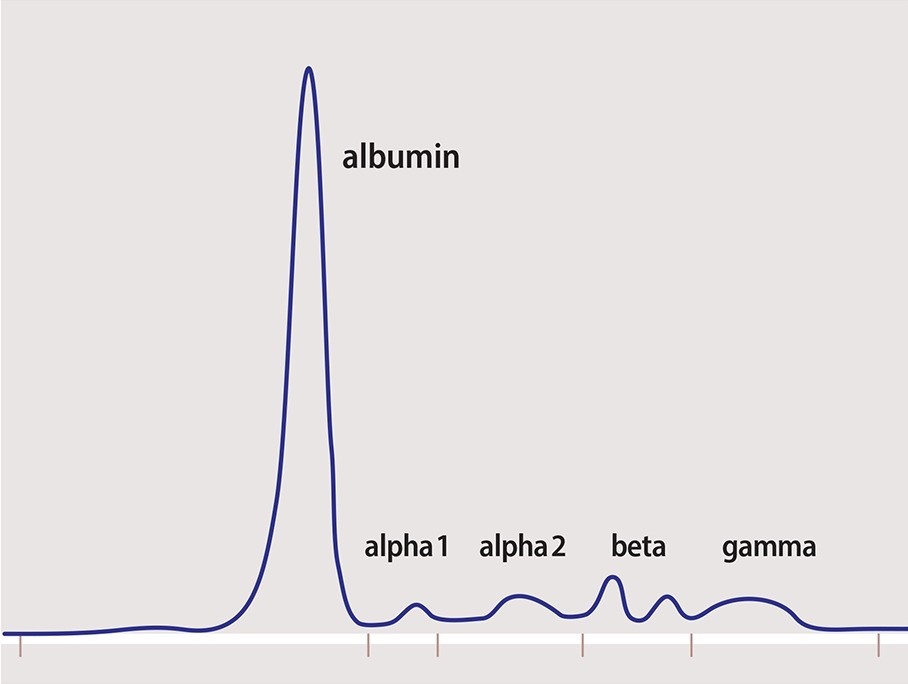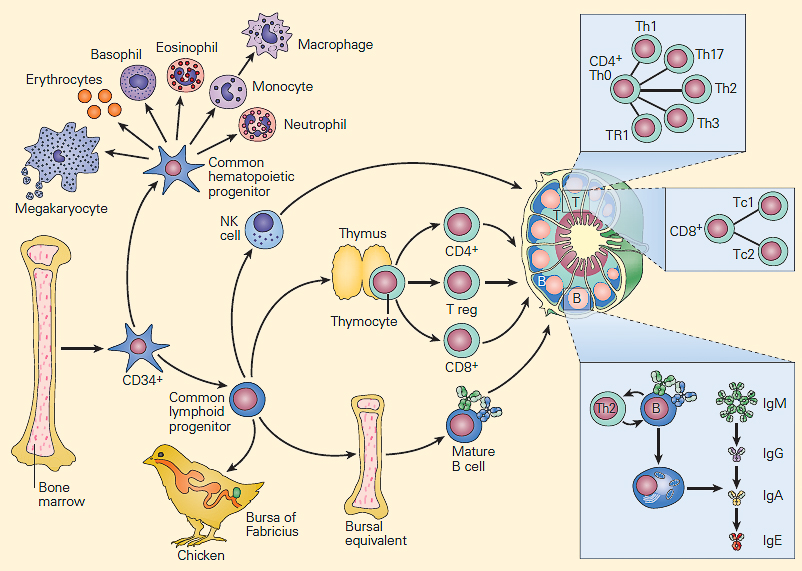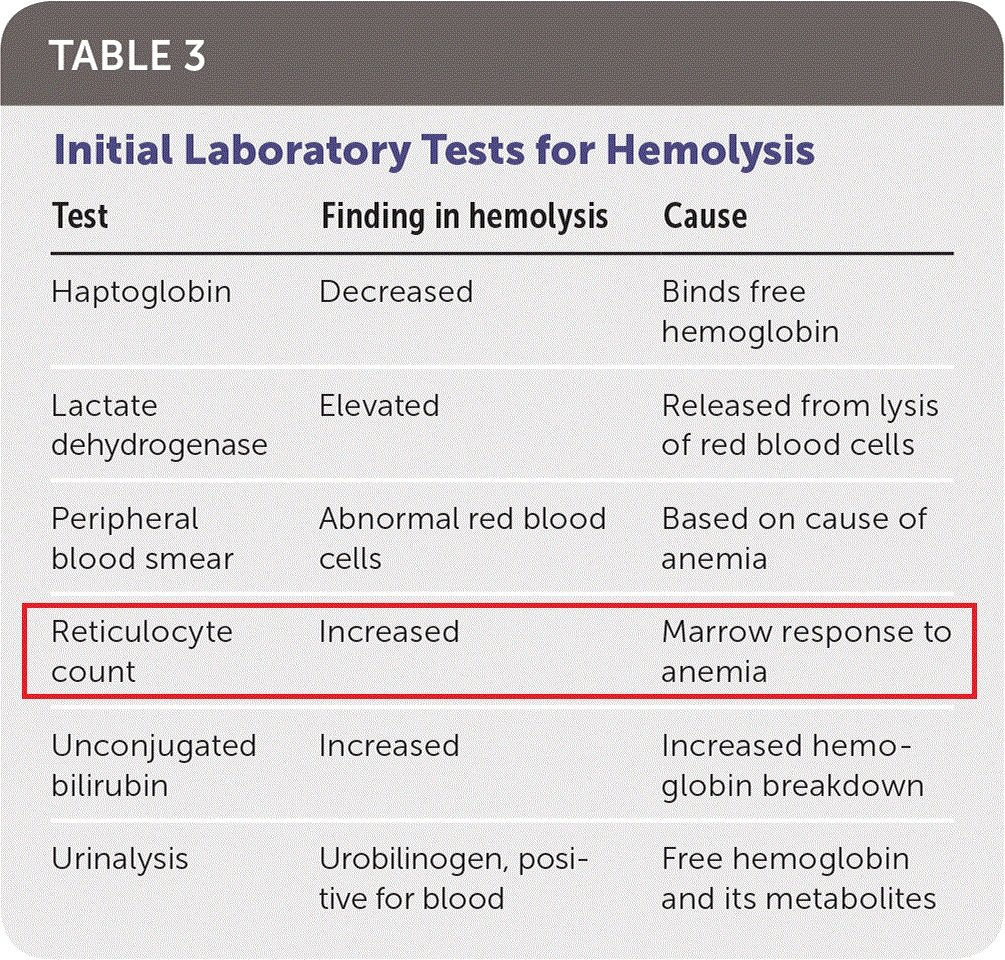
Assistant Professor of GI Oncology @EinsteinMed @MontefioreNYC via @slusom and @USJLiban. Views are my own.
5 subscribers
How to get URL link on X (Twitter) App




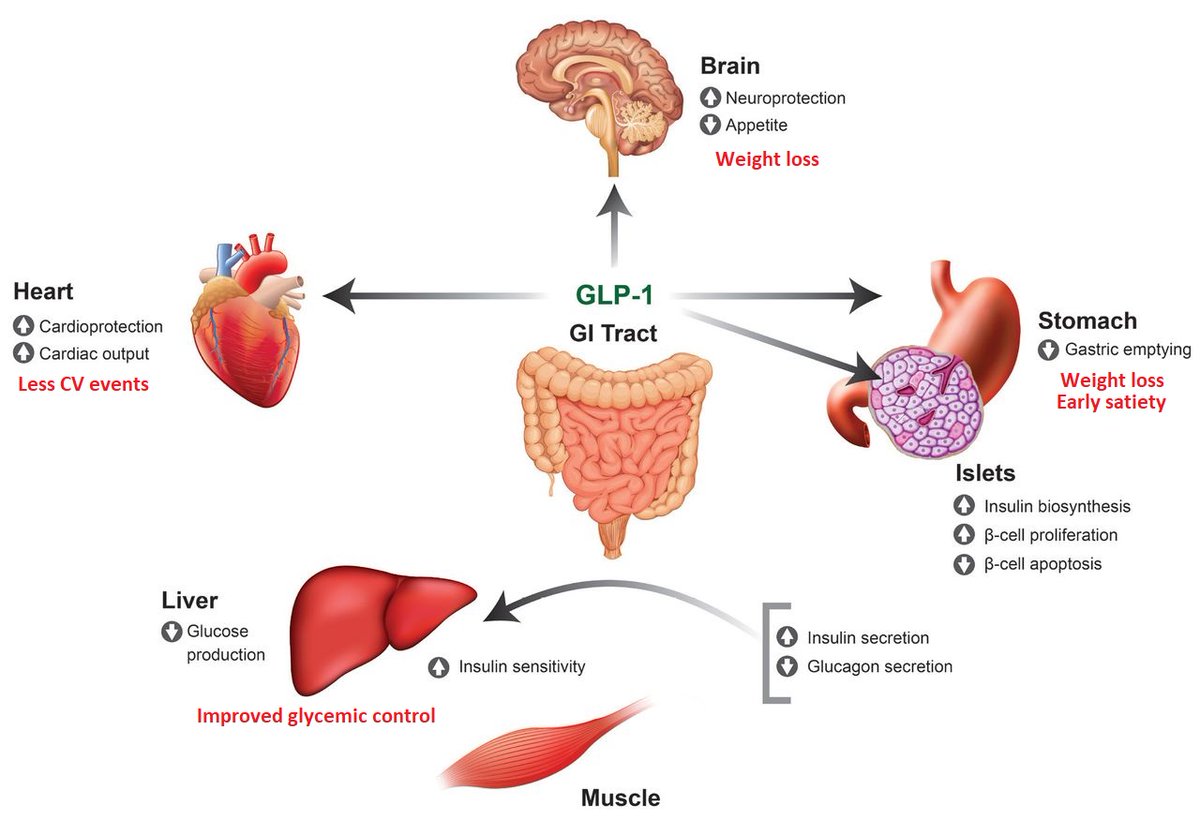
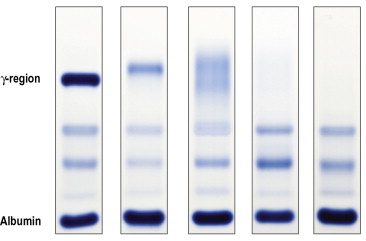
 2/ This is what a normal SPEP pattern looks like. Albumin (60%) - globulins (40%). Normal A:G ratio 1.5-2.5.
2/ This is what a normal SPEP pattern looks like. Albumin (60%) - globulins (40%). Normal A:G ratio 1.5-2.5.